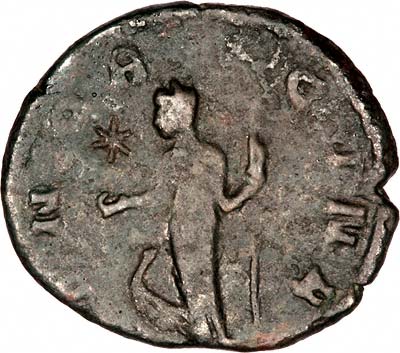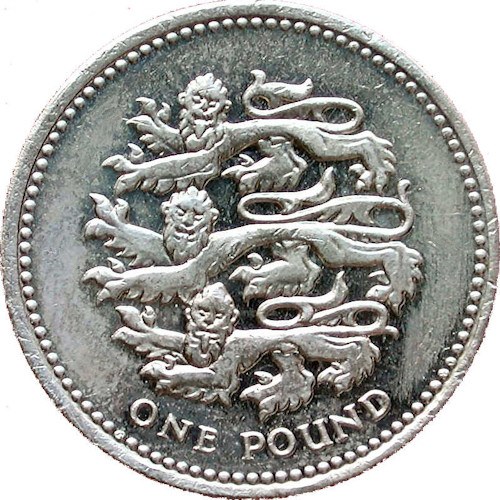tutamen
- Tutamen: too-ta´men ( L. ) a protective covering or structure. Tuta´mina o´culi the protective appendages of the eye, such as the eyelids, eyelashes, and so on.
- The coin’s edge inscription is in Latin: DECUS ET TUTAMEN, which may be translated as an 'ornament to safeguard'. This design, representing the United Kingdom as a whole, was issued until 2015 in rotation with other designs representing England, Scotland, Wales and Northern Ireland, alternating each year.
'DECUS ET TUTAMEN' is a Latin inscription used on the edge of current British One Pound coin and many older British coins. It translates to 'An ornament and a safeguard'. These coins are still.
L.)Decus Et Tutamen Meaning
tu·ta·men
, pl.tu·ta·mi·na
(tū-tā'men, -tā'mi-nă),tutamen
From the Latin, tutari (to guard), an obsolete term for virtually any protective anatomic covering.
Decus Et Tutamen 1983
Want to thank TFD for its existence? Tell a friend about us, add a link to this page, or visit the webmaster's page for free fun content.1 Pound Coin
Link to this page:
By 1980 it had become apparent that with the general decline in purchasing power, the £1 unit of currency was more appropriate to a coin than a banknote. After consultation with many groups including retailers and special interest groups, the Government announced on 31 July 1981 that a new £1 coin that was to be issued on 21 April 1983. Since its launch the £1 has always represented the United Kingdom and its constituent parts: England, Wales, Scotland and Northern Ireland.
The £1 coin in base metal (as opposed to the gold sovereign, which has a nominal face value of one pound too), nickel-brass was introduced in 1983, as a replacement for the £1 banknote. The reverse design of the first £1 coin showed a depiction of the Royal Coat of Arms, representing the United Kingdom as a whole. It was issued until 2015 in rotation with other designs representing Scotland, Wales, Northern Ireland and England, alternating each year in that order.
Initially, England was represented by the Oak Tree and Diadem type of one pound coins.
Decus Et Tutamen Value
Fourth and last in the second four-year series which featured the constituent parts of the United Kingdom, the 1997 one pound coin represented England. Norman Sillman's reverse design depicts the famous Royal Crest of England, three lions passant guardant (walking to left, facing the observer). On its obverse was Raphael Maklouf's elegant portrait of Her Majesty The Queen. This design was issued only twice, in 1997 and 2002. England was later represented by the 2007 Millennium Bridge One Pound coin, the 2010 London One Pound and the 2013 One Pound with the floral emblem of England.
Coins issued in 1997 circulated for 20 years until they were demonetised in 2017 and replaced with the current bimetallic one pound coin.